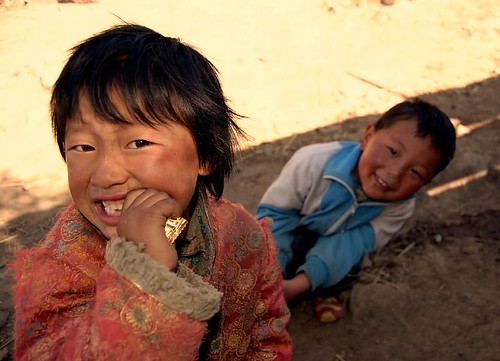Chapter 7: Culture as an Adaptation
Chapter Objectives
By the end of this chapter, you should be able to
- Interpret the different types of adaptations.
- Recognize culture as a behavioral adaptation.
- Understand the language of phenotypic expression.
- Identify the processes of gene-environment interaction.
Chapter Introduction
When you hear the word “adaptation,” what comes to mind? If you are thinking about culture, it might be the ability to “adapt and overcome” as the common saying goes. This suggests flexibility, willingness to change what you are doing, or an openness to trying new things.
But in evolutionary biology, adaptations are connected to the very process of evolution. They are, in many ways the products of selection and the impetus for new selection pressures.
In this chapter, we are going to unpack the language of adaptations, including a discussion of the three primary types of adaptations – structural, physiological, and behavioral. We will also discuss culture, reviewing evidence that it is a behavioral adaptation shared by many species – not just humans. In the end, we will unravel the interaction of genetic tendencies and one’s environment in the expression of phenotypes – traits.


